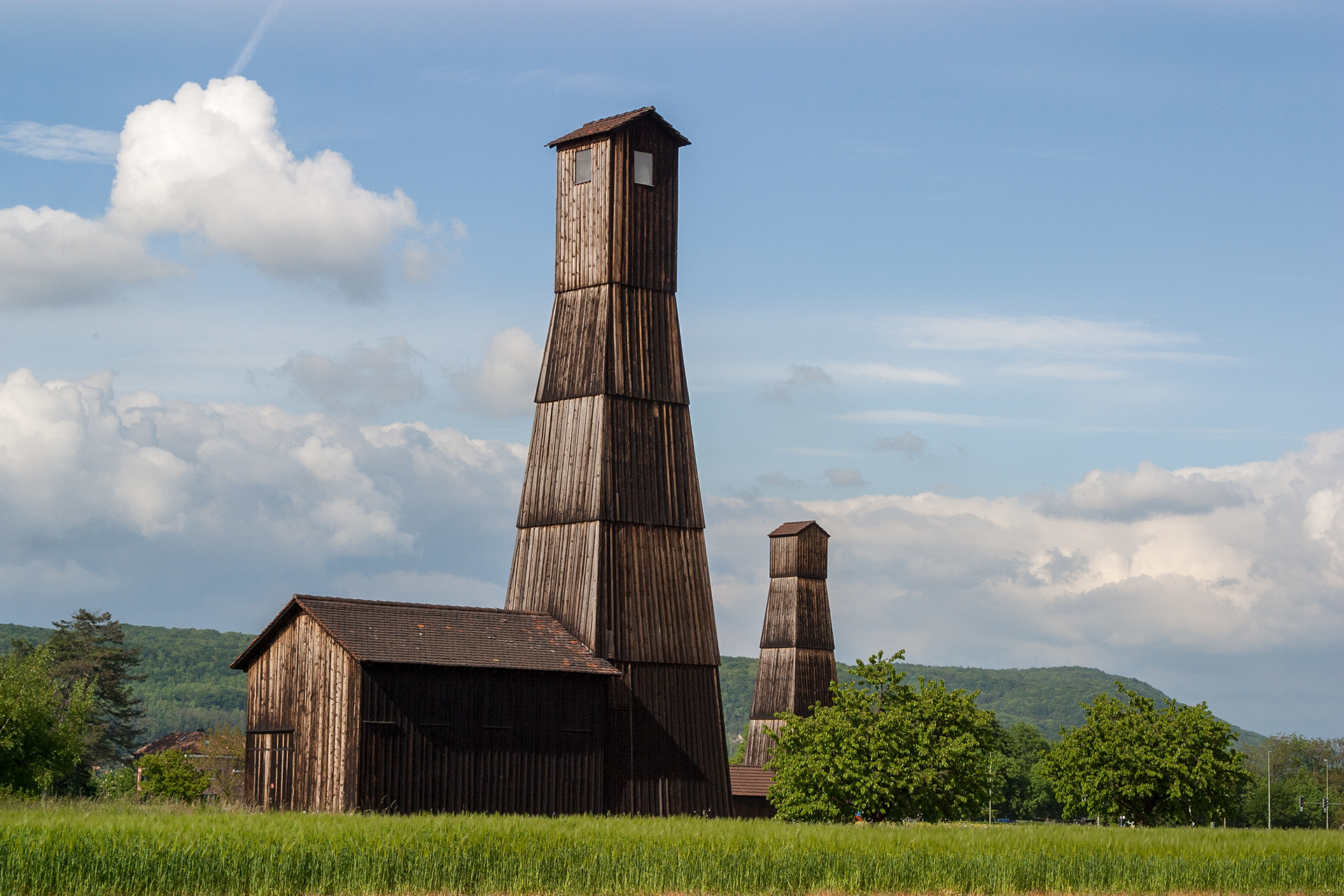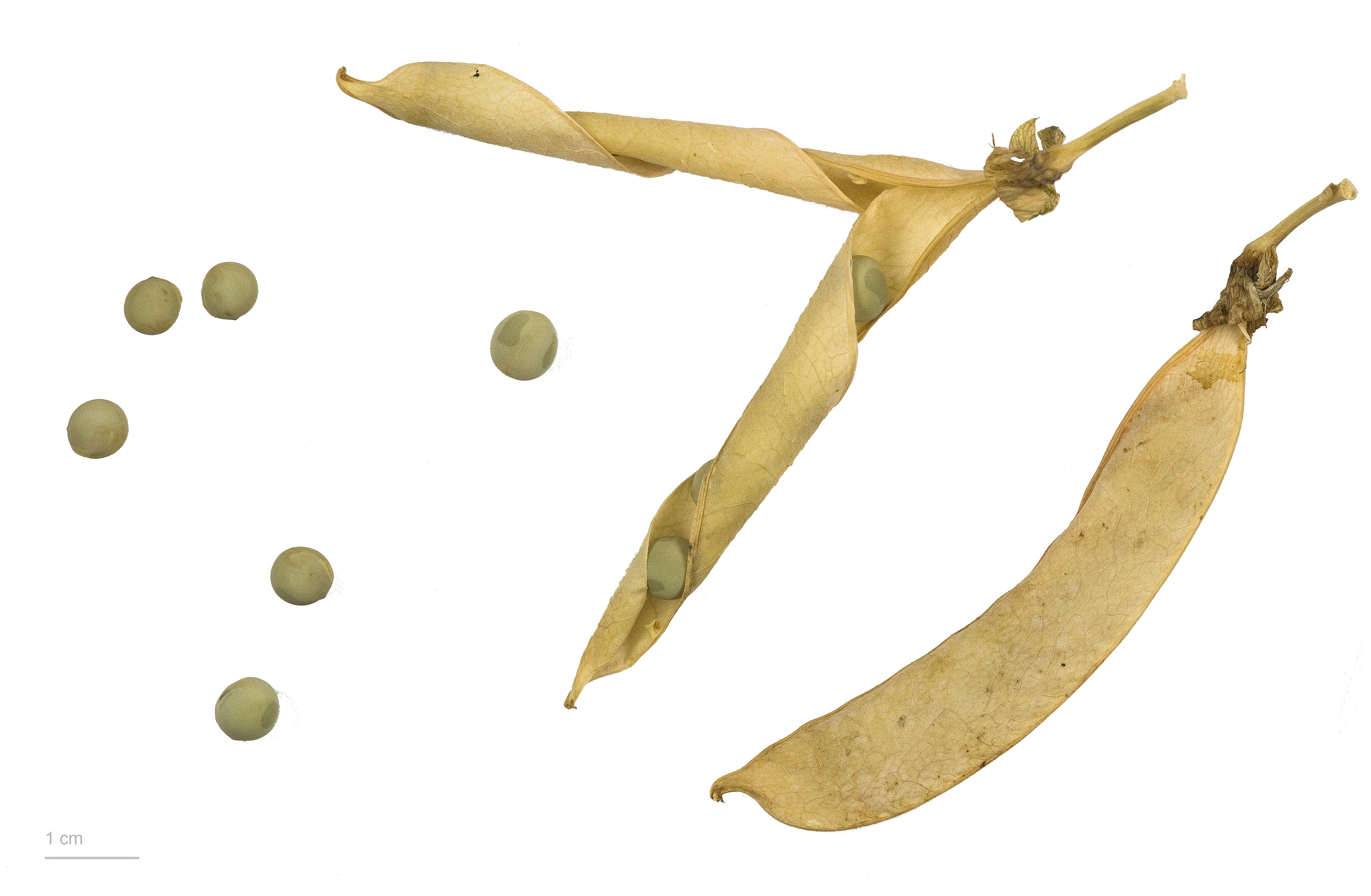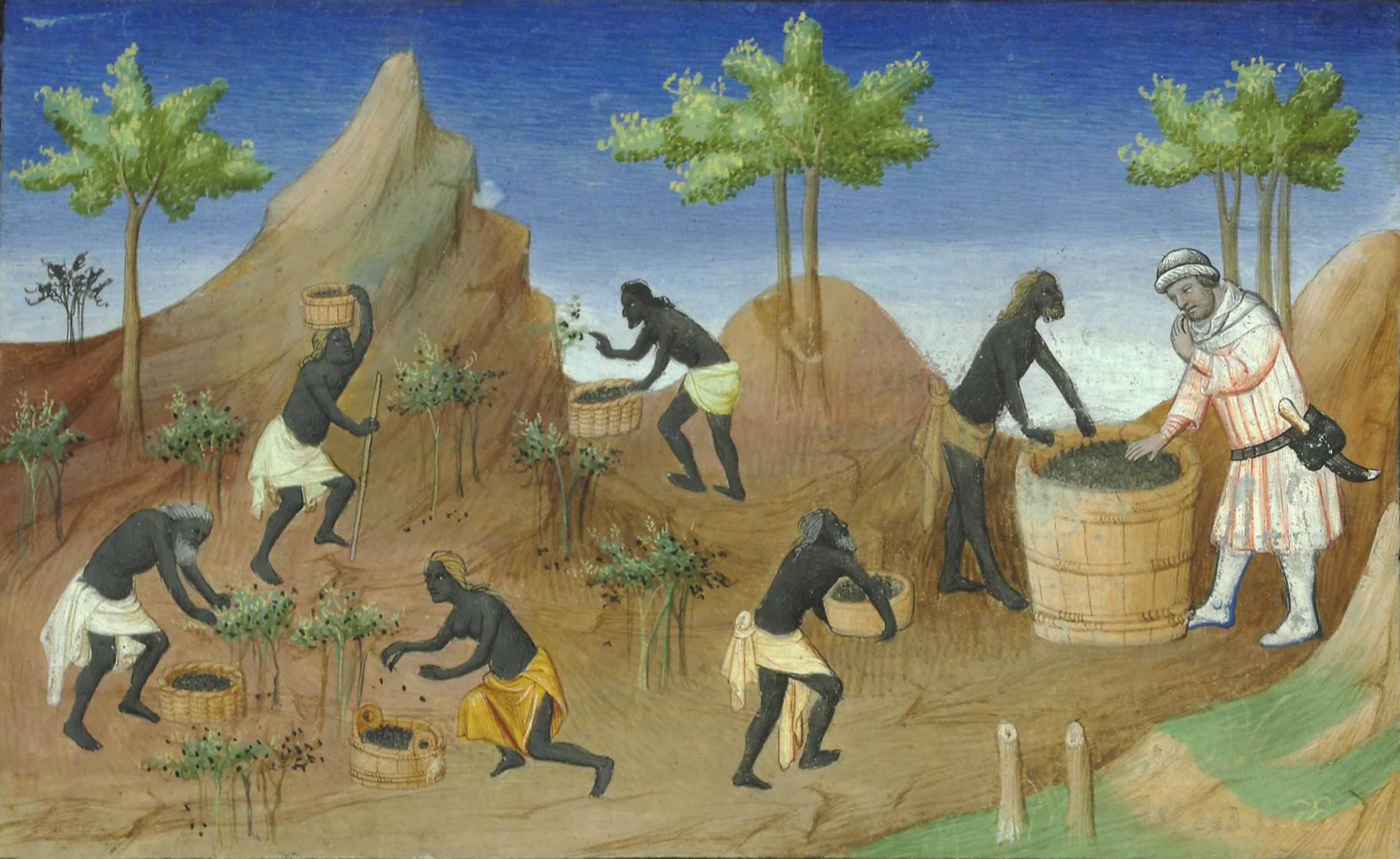|
Delica (enterprise)
Delica AG, based in Birsfelden (near Basel), is a business enterprise of the M-Industry and belongs to the Swiss trading group Migros. Its field of activities comprises the procurement, refinement, packaging and marketing of raw materials and commodities from around the world, with particular emphasis on coffee and non-perishable foods such as dried fruits and mushrooms, nuts and kernels, spices, as well as legumes. Delica supplies retail traders, wholesalers, food manufacturers and catering companies. In 2013 the company had a turnover of over 269 million Swiss Francs, of which 23.8 million came from exports. In June 2021 it legally merged with 4 other enterprises in the Migros-Industry Segment 4, to from the new Delica AG with headquarters in Buchs AG. History ''Migros Lagerhaus Genossenschaft'' (MLG) was founded in 1954. The Federation of Migros Cooperatives (FMC) bought a site for MLG on the former Basel-Sternenfeld airfield in Birsfelden, which had been shut down in ... [...More Info...] [...Related Items...] OR: [Wikipedia] [Google] [Baidu] |
Delica Logo
The is a range of vans and pickup trucks designed and built by the Japanese automaker Mitsubishi Motors since 1968. It was originally based on a cabover van and pickup truck introduced the previous year, also called the Delica, its name a contraction of the English language phrase ''Delivery car''. This pickup truck, and a commercial van derived from it has received many names in export markets, being sold as the L300 (later L400) in Europe, Jamaica (discontinued after the third generation) and New Zealand, Express and Starwagon in Australia, and plain Mitsubishi Van and Wagon in the United States. The passenger car versions were known as Delica Star Wagon from 1979 until the 1994 introduction of the Delica Space Gear, which became simply Space Gear in Europe at least. The most recent version (not available as a commercial vehicle) is called the Delica D:5. With the exception of the first, versions of all generations are still being sold in various international markets. In J ... [...More Info...] [...Related Items...] OR: [Wikipedia] [Google] [Baidu] |
Pratteln
Pratteln (Swiss German: ''Brattele'') is a municipality in the canton of Basel-Landschaft in Switzerland, located in the district of Liestal. History Pratteln is first mentioned around 1102-03 as ''Bratello''. Geography Pratteln has an area, , of . Of this area, or 27.6% is used for agricultural purposes, while or 28.1% is forested. Of the rest of the land, or 43.1% is settled (buildings or roads), or 0.9% is either rivers or lakes and or 0.4% is unproductive land.Swiss Federal Statistical Office-Land Use Statistics 2009 data accessed 25 March 2010 Of the built up area, industrial buildings made up 10.8% of the total area while housing and buildings made up 14.9% and transportation infrastructure made up 11.7%. Power and water infrastructure ... [...More Info...] [...Related Items...] OR: [Wikipedia] [Google] [Baidu] |
UTZ Certified
UTZ, formerly called UTZ Certified, is a program and a label for sustainable farming. The organization was founded as a non-profit in the Netherlands in 2002. The UTZ label is featured on more than 10,000 product packages in over 116 countries. In 2014, UTZ was reported to be the largest program for sustainable farming of coffee and cocoa in the world. The UTZ program addresses agricultural practices, social and living conditions, farm management, and the environment. In January 2018, UTZ officially merged with the Rainforest Alliance in response to the increasing challenges of deforestation, climate change, systemic poverty, and social inequity. History UTZ was launched in 2002 as , meaning 'Good Coffee' in the Mayan language Quiché. It was founded by Nick Bocklandt, a Belgian-Guatemalan coffee grower, and Ward de Groote, a Dutch coffee roaster, with the goal of implementing sustainability on a large scale in the worldwide market. The Solidaridad Network was another co-ini ... [...More Info...] [...Related Items...] OR: [Wikipedia] [Google] [Baidu] |
Instant Coffee
Instant coffee is a beverage derived from brewed coffee beans that enables people to quickly prepare hot coffee by adding hot water or milk to coffee solids in powdered or crystallized form and stirring. Instant coffee solids (also called soluble coffee, coffee crystals, coffee powder, or powdered coffee) refers to the dehydrated and packaged solids available at retail used to make instant coffee. Instant coffee solids are commercially prepared by either freeze-drying or spray drying, after which it can be rehydrated. Instant coffee in a concentrated liquid form, as a beverage, is also manufactured. Advantages of instant coffee include speed of preparation (instant coffee dissolves quickly in hot water), lower shipping weight and volume than beans or ground coffee (to prepare the same amount of beverage), and long shelf life—though instant coffee can spoil if not kept dry. Instant coffee also reduces cleanup since there are no coffee grounds, and at least one study has ... [...More Info...] [...Related Items...] OR: [Wikipedia] [Google] [Baidu] |
Mushrooms
A mushroom or toadstool is the fleshy, spore-bearing fruiting body of a fungus, typically produced above ground, on soil, or on its food source. ''Toadstool'' generally denotes one poisonous to humans. The standard for the name "mushroom" is the cultivated white button mushroom, ''Agaricus bisporus''; hence the word "mushroom" is most often applied to those fungi (Basidiomycota, Agaricomycetes) that have a stem ( stipe), a cap ( pileus), and gills (lamellae, sing. lamella) on the underside of the cap. "Mushroom" also describes a variety of other gilled fungi, with or without stems, therefore the term is used to describe the fleshy fruiting bodies of some Ascomycota. These gills produce microscopic spores that help the fungus spread across the ground or its occupant surface. Forms deviating from the standard morphology usually have more specific names, such as "bolete", "puffball", "stinkhorn", and "morel", and gilled mushrooms themselves are often called "agarics" in reference t ... [...More Info...] [...Related Items...] OR: [Wikipedia] [Google] [Baidu] |
Dried Fruits
Dried fruit is fruit from which the majority of the original water content has been removed either naturally, through sun drying, or through the use of specialized dryers or dehydrators. Dried fruit has a long tradition of use dating back to the fourth millennium BC in Mesopotamia, and is prized because of its sweet taste, nutritive value, and long shelf life. Today, dried fruit consumption is widespread. Nearly half of the dried fruits sold are raisins, followed by dates, prunes, figs, apricots, peaches, apples, and pears. These are referred to as "conventional" or "traditional" dried fruits: fruits that have been dried in the sun or in heated wind tunnel dryers. Many fruits such as cranberries, blueberries, cherries, strawberries, and mango are infused with a sweetener (e.g. sucrose syrup) prior to drying. Some products sold as dried fruit, like papaya, kiwifruit and pineapple, are most often candied fruit. Dried fruits retain most of the nutritional value of f ... [...More Info...] [...Related Items...] OR: [Wikipedia] [Google] [Baidu] |
Peas
The pea is most commonly the small spherical seed or the seed-pod of the flowering plant species ''Pisum sativum''. Each pod contains several peas, which can be green or yellow. Botanically, pea pods are fruit, since they contain seeds and develop from the ovary of a (pea) flower. The name is also used to describe other edible seeds from the Fabaceae such as the pigeon pea (''Cajanus cajan''), the cowpea (''Vigna unguiculata''), and the seeds from several species of '' Lathyrus''. Peas are annual plants, with a life cycle of one year. They are a cool-season crop grown in many parts of the world; planting can take place from winter to early summer depending on location. The average pea weighs between 0.1 and 0.36 gram. The immature peas (and in snow peas the tender pod as well) are used as a vegetable, fresh, frozen or canned; varieties of the species typically called field peas are grown to produce dry peas like the split pea shelled from a matured pod. These are t ... [...More Info...] [...Related Items...] OR: [Wikipedia] [Google] [Baidu] |
Lentils
The lentil (''Lens culinaris'' or ''Lens esculenta'') is an edible legume. It is an annual plant known for its lens-shaped seeds. It is about tall, and the seeds grow in pods, usually with two seeds in each. As a food crop, the largest producer is Canada, producing 45% of the world’s total lentils. In cuisines of the Indian subcontinent, where lentils are a staple, split lentils (often with their hulls removed) known as dal are often cooked into a thick curry/gravy that is usually eaten with rice or '' rotis''. Botanical description Name Many different names in different parts of the world are used for the crop lentil. The first use of the word ''lens'' to designate a specific genus was in the 16th century by the botanist Tournefort. The word "lens" for the lentil is of classical Roman/Latin origin: McGee points out that a prominent Roman family took the name " Lentulus", just as the family name "Cicero" was derived from the chickpea, '' Cicer arietinum'', or " ... [...More Info...] [...Related Items...] OR: [Wikipedia] [Google] [Baidu] |
Beans
A bean is the seed of several plants in the family Fabaceae, which are used as vegetables for human or animal food. They can be cooked in many different ways, including boiling, frying, and baking, and are used in many traditional dishes throughout the world. Terminology The word "bean" and its Germanic cognates (e.g. German ''Bohne'') have existed in common use in West Germanic languages since before the 12th century, referring to broad beans, chickpeas, and other pod-borne seeds. This was long before the New World genus '' Phaseolus'' was known in Europe. After Columbian-era contact between Europe and the Americas, use of the word was extended to pod-borne seeds of ''Phaseolus'', such as the common bean and the runner bean, and the related genus '' Vigna''. The term has long been applied generally to many other seeds of similar form, such as Old World soybeans, peas, other vetches, and lupins, and even to those with slighter resemblances, such as coffee beans, ... [...More Info...] [...Related Items...] OR: [Wikipedia] [Google] [Baidu] |
Legumes
A legume () is a plant in the family Fabaceae (or Leguminosae), or the fruit or seed of such a plant. When used as a dry grain, the seed is also called a pulse. Legumes are grown agriculturally, primarily for human consumption, for livestock forage and silage, and as soil-enhancing green manure. Well-known legumes include beans, soybeans, chickpeas, peanuts, lentils, lupins, mesquite, carob, tamarind, alfalfa, and clover. Legumes produce a botanically unique type of fruit – a simple dry fruit that develops from a simple carpel and usually dehisces (opens along a seam) on two sides. Legumes are notable in that most of them have symbiotic nitrogen-fixing bacteria in structures called root nodules. For that reason, they play a key role in crop rotation. Terminology The term ''pulse'', as used by the United Nations' Food and Agriculture Organization (FAO), is reserved for legume crops harvested solely for the dry seed. This excludes green beans and green peas, which are c ... [...More Info...] [...Related Items...] OR: [Wikipedia] [Google] [Baidu] |
Spices
A spice is a seed, fruit, root, bark, or other plant substance primarily used for flavoring or coloring food. Spices are distinguished from herbs, which are the leaves, flowers, or stems of plants used for flavoring or as a garnish. Spices are sometimes used in medicine, religious rituals, cosmetics or perfume production. For example, vanilla is commonly used as an ingredient in fragrance manufacturing. A spice may be available in several forms: fresh, whole dried, or pre-ground dried. Generally, spices are dried. Spices may be ground into a powder for convenience. A whole dried spice has the longest shelf life, so it can be purchased and stored in larger amounts, making it cheaper on a per-serving basis. A fresh spice, such as ginger, is usually more flavorful than its dried form, but fresh spices are more expensive and have a much shorter shelf life. Some spices are not always available either fresh or whole, for example turmeric, and often must be purchased in ground fo ... [...More Info...] [...Related Items...] OR: [Wikipedia] [Google] [Baidu] |


.jpg)





